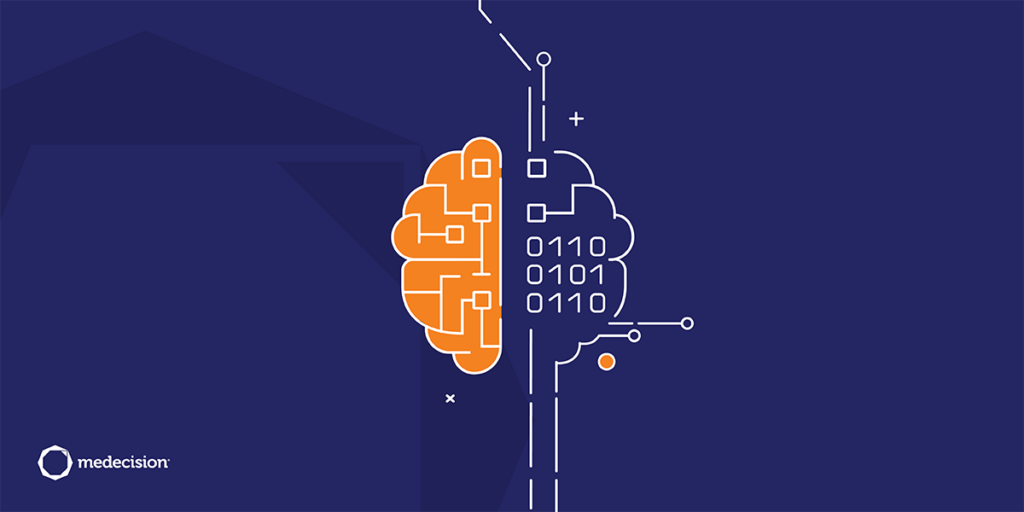
You may have heard that it’s important to receive admission, discharge, and transfer (ADT) transactions for patients and members. The question is, what can you do with them? If you treat them merely as notes to be added to an EMR, you’re missing an opportunity to act — to deliver the right care at the right time in the right place, to reduce admissions and readmissions, and to deliver care when it’s needed at the lowest possible cost. Indeed, even if the salient information in an ADT — that member X was admitted to the ED at this facility with this diagnosis, or that patient Y was discharged from this facility at this time — is extracted and dropped into a spreadsheet constituting a list of patients a care manager should contact at some later date, you’re still missing a singular opportunity. The arrival of an ADT message represents an opportunity for a real-time response, one that is lost if the ADT is simply buried in a spreadsheet or written blindly to an EMR.
ADT transactions are simply structured HL7 messages whose formats are well-documented and easily parsed. As soon as an ADT is received, the analytics and integration capabilities of modern care management and EMR systems can generate real-time next-best-actions based on the contents of the message. Consider the example of a person with a chronic illness who is closely followed by a care manager. When that person registers at the ED, an ADT is transmitted. The care manager could be notified of the registration even while the patient is still in the waiting room. The care manager can reach out to the ED staff, provide background information if needed, and potentially avoid an admission by providing in-home care or services that very day. Another example of the benefits of incorporating real-time ADT transactions into your workflow is the ability to contact a patient or member by text message at the moment of discharge. You could schedule a transition of care meeting to take place as soon as the person arrives home. Similarly, a careful medication reconciliation conducted immediately after discharge, with the person’s medications available for review, can avoid medication duplication and errors that could, potentially, result in a readmission.
The question then becomes, how can you make the most of real-time ADTs? More than 70% of health plan leaders have said that it is either difficult or somewhat difficult to use ADTs. Additionally, many heath plans struggle to connect the ADTs with basic patient and member information that would make the ADTs more actionable, such as a person’s email address or mobile phone number. Certainly, basic information must be in place to harness the power of real-time ADT transactions. Once this is accomplished, achieving ADT integration from the widest possible group of data senders is extremely helpful.
A care management solution that has been designed to accept ADT transactions, to analyze their contents, to transform the insights derived from analysis into a workflow automatically, and to contextualize those ADTs by connecting them to patient and member records is key. With a modern care management solution, the appropriate personnel can be updated in real time. Patients and members can be directly engaged. Appointments, tests, and other follow-up engagements can be scheduled automatically. If there are materials that should be sent to a member or patient, the production and dispatch of those materials can also be automated, eliminating delays in care and lessening the burden on personnel that might otherwise be tasked with gathering and sending those materials.
The bottom line? Any number of real-time actions and tasks could be triggered automatically by the arrival of an ADT, as long as you have a care management system that is designed to make the most of their arrival. You can improve your ability to deliver the right care at the right time. By acting proactively, in real time, you can reduce readmissions, reduce costs, and create a better experience for the patient.



About The Author: Terri Steinberg, MD, MBA, FACP, FAMIA
As Medecision's Chief Medical and Strategy Officer, Dr. Terri Steinberg is responsible for enhancing Medecision's analytics, clinical informatics and data intelligence capabilities. Dr. Steinberg uses her experience to guide Medecision's implementation of clinical systems for its customers to ensure they achieve optimal workflows and value from our software. As a clinician as well as a software designer, Dr. Steinberg has lectured and consulted extensively on methods to ensure successful technology adoption by physicians and nurses, on the positive impact of technology on safe medication practice, and on the use of technology to drive Population Health Management. Dr. Steinberg was previously the Chief Health Information Officer and Vice President of Population Health Informatics at ChristianaCare, a large multi-entity healthcare organization in Delaware.
More posts by Terri Steinberg, MD, MBA, FACP, FAMIA